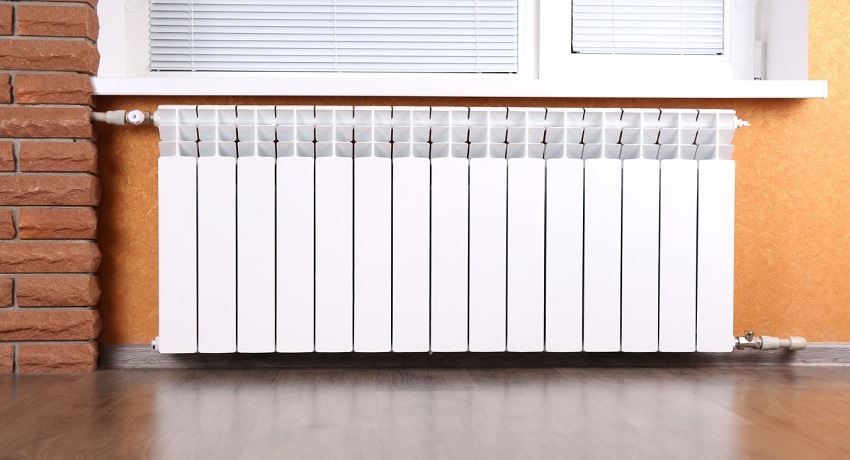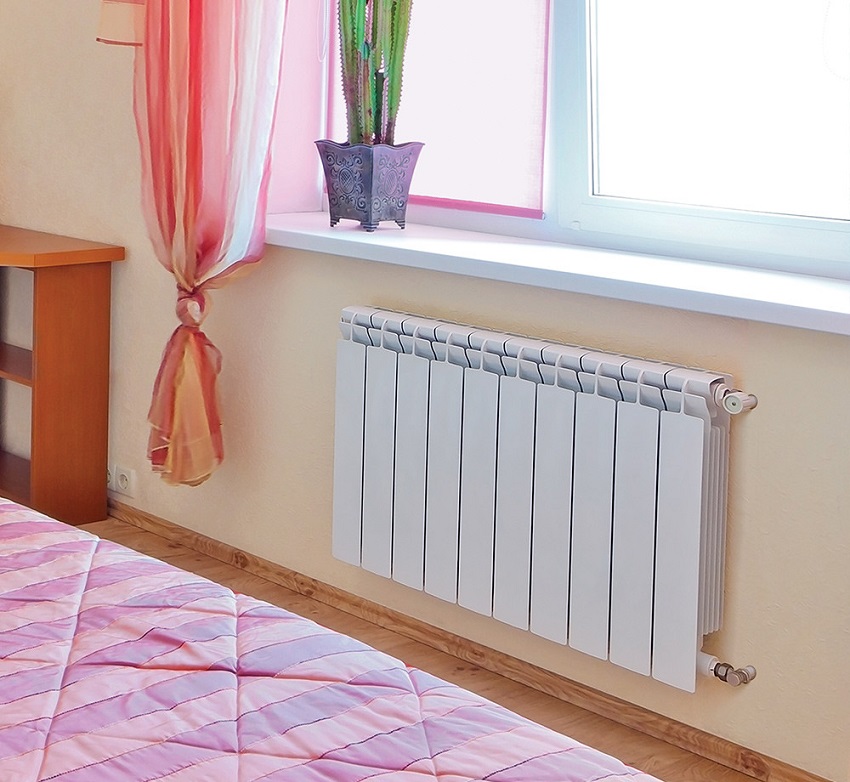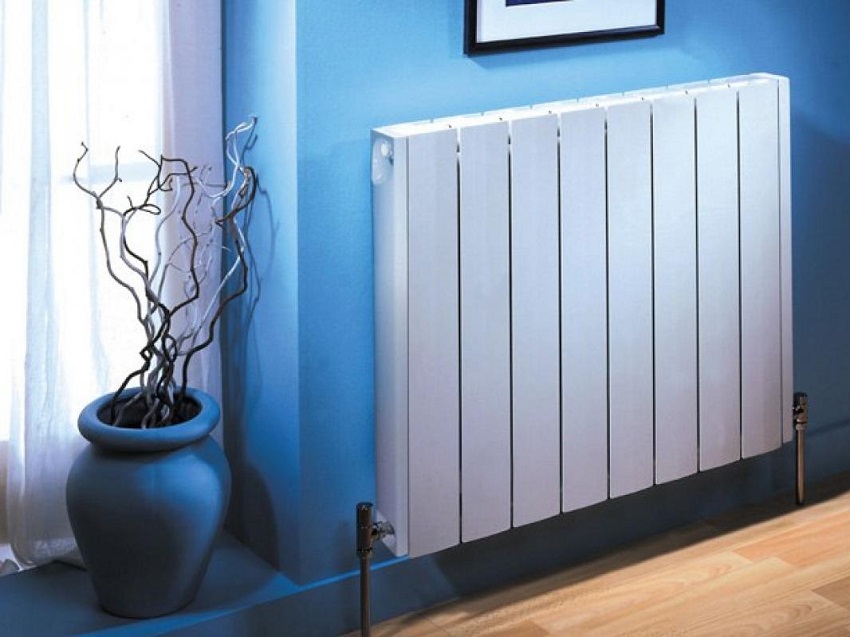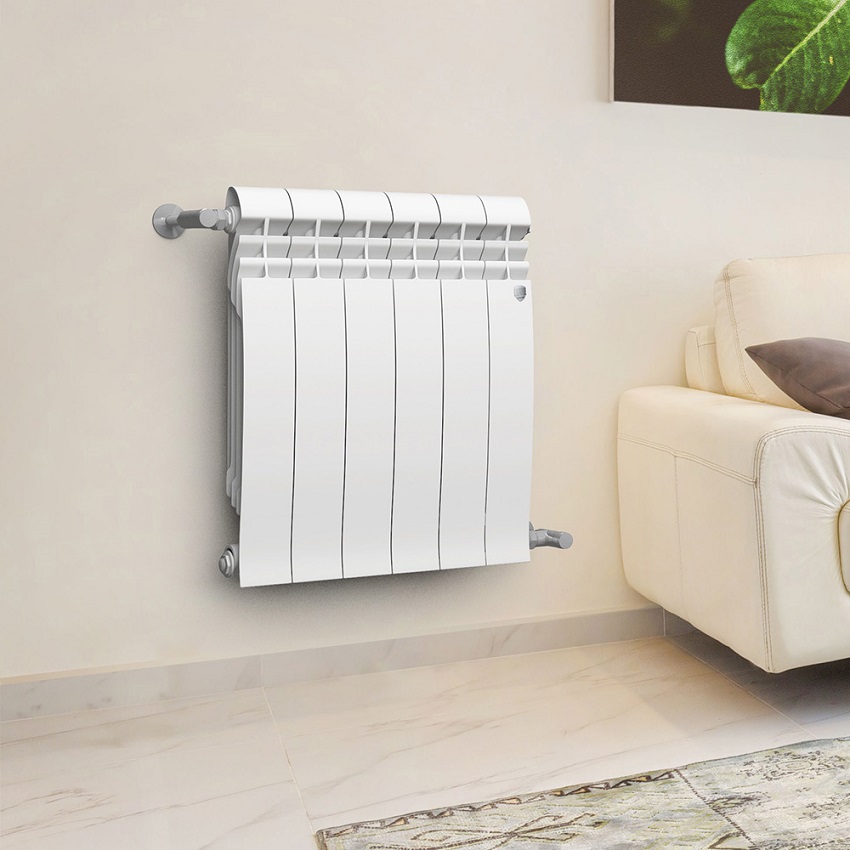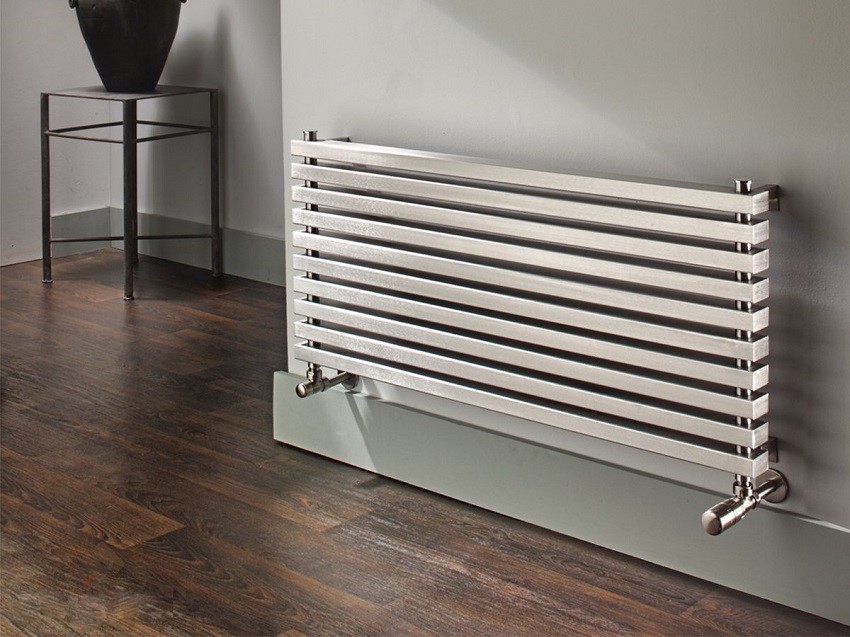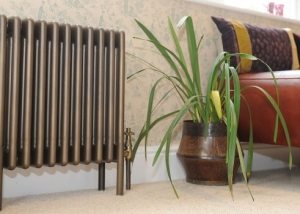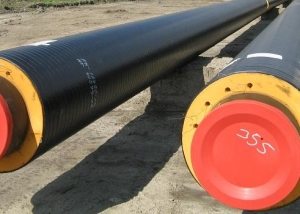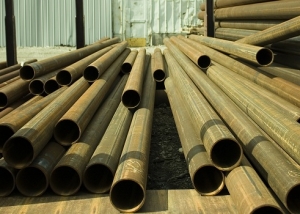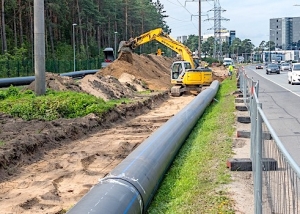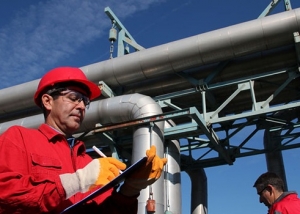Today, one section of an aluminum radiator is a unit for calculating the power of a device in an interroom or autonomous heating system. For this reason, it is important to have a full understanding of not only how the battery is arranged, but also of the volume of the section, its thermal output. Today, bimetallic and aluminum heating blocks are gradually replacing the cast-iron “archaic”. Before buying, it is important to determine their format, installation locations and connection method.
Content
Classification and design features of radiators
The production of the best aluminum radiators is established not from light metal in its pure form, but with the addition of silicon and other trace elements. A wide range of thermal equipment is due to the release of radiators from various metals:
- steel;
- cast iron;
- copper;
- aluminum;
- bimetal (steel + aluminum).
Every self-respecting company keeps its technology secret. But it is precisely these know-how that makes each section of the aluminum radiator the most resistant to deformation and mechanical damage. This innovative approach extends the life of each heating unit individually and the entire heating system as a whole.
The modern market offers a wide selection of tubular and panel models, characterized by a constructive solution:
- solid cast;
- from plates with a tube inside;
- assembled from independent elements (they can be increased).
Ribbed metal products also differ in dimensions:
- Standard (1 radiator aluminum 500x80 mm).
- Shortened versions (by format).
- Vertical (a separate variety - design, they are distinguished by the ratio of the height and length of the heating panels, as well as the material of the decorative shield).
- Floor aluminum radiators - from 5 to 15 cm.
Attention! Note the standard - the most compact aluminum battery has a minimum of 8 sections.
Technical Parameters of Aluminum Radiator Sections
The companies manufacturing thermal equipment give a guarantee of faultless operation of about 20-25 years. However, this is true for the majority of proposals only if the aluminum radiators are correctly installed and stable at moderate pressure.
Aluminum sections have many advantages over batteries of other materials, including light weight, high heat dissipation and excellent design with a perfectly flat surface. They can be repainted with any heat-resistant paint for metal. The choice in favor of aluminum, crowding out offers from other metals, is largely dictated by quality and aesthetics. The warranty and post-warranty period of operation of modern batteries does not depend on the number of components, their thermal capacity and internal volume.
It is interesting! With a coolant volume of about 0.35–0.5 l, aluminum models have a higher efficiency than cast-iron radiators. The height of the standard section of the aluminum radiator is 350-1000 mm, its depth is in the range of 110-140 mm.With a wall thickness of 2-3 mm, it is able to heat a room with an area of 0.4-0.6 m2.
Important characteristics of aluminum batteries
Before buying, you should familiarize yourself with the main characteristics of aluminum radiators:
- coolant temperature - up to 110 ° С;
- height dimensions - maximum 590 mm (the general format depends on the number of sections);
- working pressure - 6-10 bar (sometimes more, which should be indicated in the technical description for a specific model);
- thermal return (power) - up to 212 W;
- heat carrier volume (water, antifreeze) in 1 section - up to 0.48 l;
- weight (weight) of 1 section - up to 1.6 kg;
- the warranty period for perfect operation is up to 20 years (maybe more, but there is no way to make sure the goods are relatively new).
Important! This variety is more designed for the private sector, where high pressure tests are not carried out.
They are inert to many reagents, therefore, a special antifreeze can also circulate in the system as a coolant:
- alcohol or glycerol based formulations;
- salt and other chemical compounds;
- mineral or petroleum oil;
- ethylene glycol, etc.
For the full functioning of the closed loop in aluminum voids is necessary, the coolant had minimal acidity. But at a lower temperature in the system in a heated room it will be about as comfortable as when heated with boiling water to + 100 ° C inside the ribbed analogues.
Performance characteristics of aluminum sections
A well-thought-out constructive and technological solution provides independent cleaning and repair of aluminum heating radiators. It is recommended that they be evaluated for important operational factors.
- The indicator of thermal power is the heat transfer by equipment (convection and thermodynamic indicator). In this case, the surface of the heated battery gives the bulk of the heat to the environment. This indicator is fixed in units - 1 watt / unit of time. It compares the effectiveness of models with similar functionality and the internal volume of a coolant made of different metals. The thermal power of 1 aluminum section is taken into account when purchasing thermal equipment and calculating the total number of batteries. The maximum heat transfer reaches 230 watts, and this is more than that of models from other materials - aluminum has high heat transfer.
- Working pressure in the heating circuit of a house or apartment. When connecting aluminum heating radiators to the district heating station, excessive or extreme pressure is possible for which batteries of this metal are not designed. The best modern models from foreign manufacturers can withstand any water hammer and system pressure up to 25 atmospheres. Under production conditions, they are tested at a higher pressure, in order to guarantee performance to their potential customers. This should be reflected in the technical description of the goods.
- The volume of the aluminum radiator section affects various indicators, including the estimated amount of coolant in the system and a separate battery. It is determined by the internal structure of the heater and the overall dimensions. Even with the same format of heating appliances made of aluminum, steel and bimetallic models, these indicators will differ insignificantly. This value is always reflected in the technical passport, certificate or description of the product.
Note! Structurally, bimetal and aluminum radiators suggest a smaller volume of coolant relative to traditional cast-iron batteries. This will not affect the microclimate of the heated room.
In most cases, the models are quite affordable, they fit well into any interior. Do-it-yourself installation of aluminum heating radiators is possible, provided that a complete set of fittings and adapters is provided, even if the pipes in the system are made of another metal.
Experts recommend avoiding the offer of Chinese "scammers" labeled NF / 68. AIRAL studies have proven that all samples contain a chemical component that is harmful to allergy sufferers and asthmatics. In the "black list" and brands with promising names that offer products that do not meet the stated indicators. These are Apriori, Oasis and Radena.
